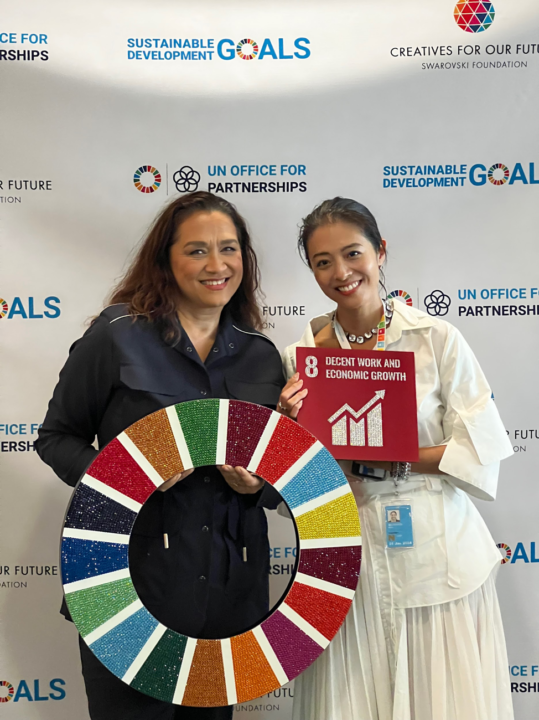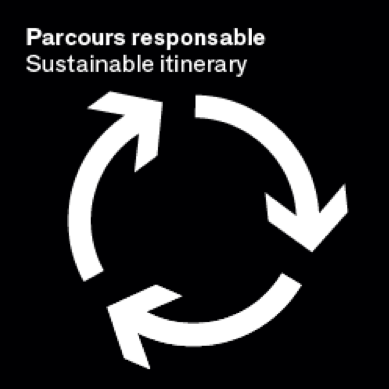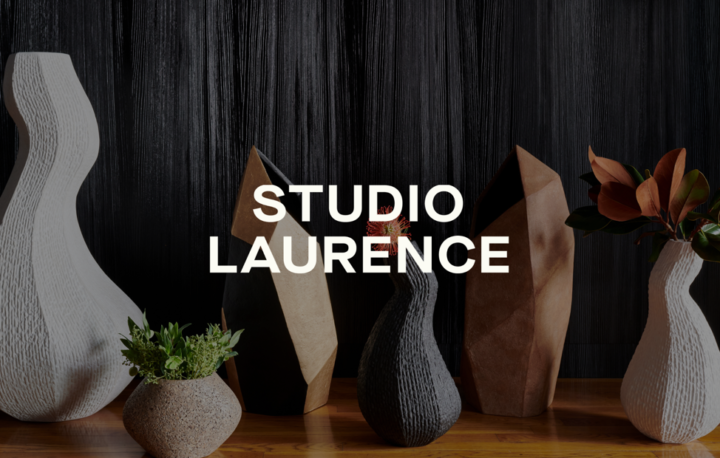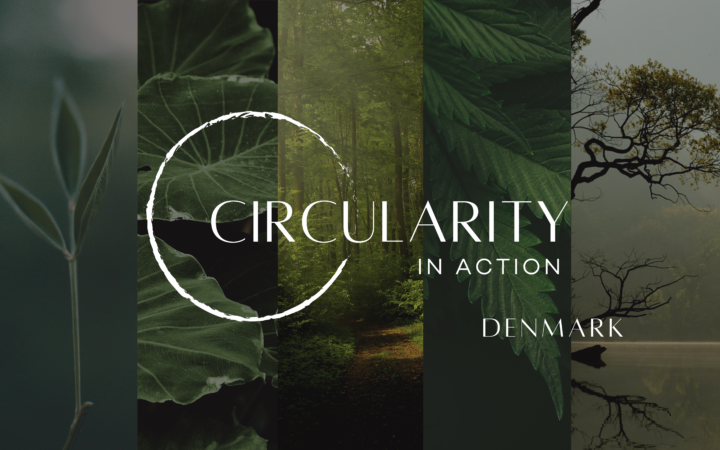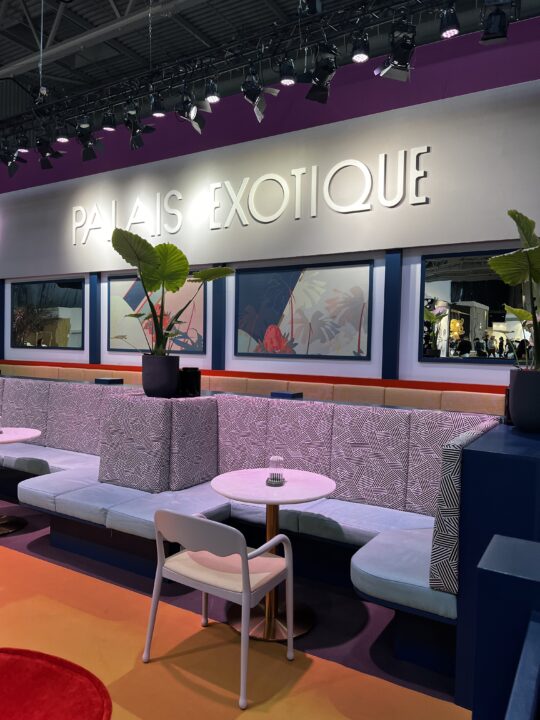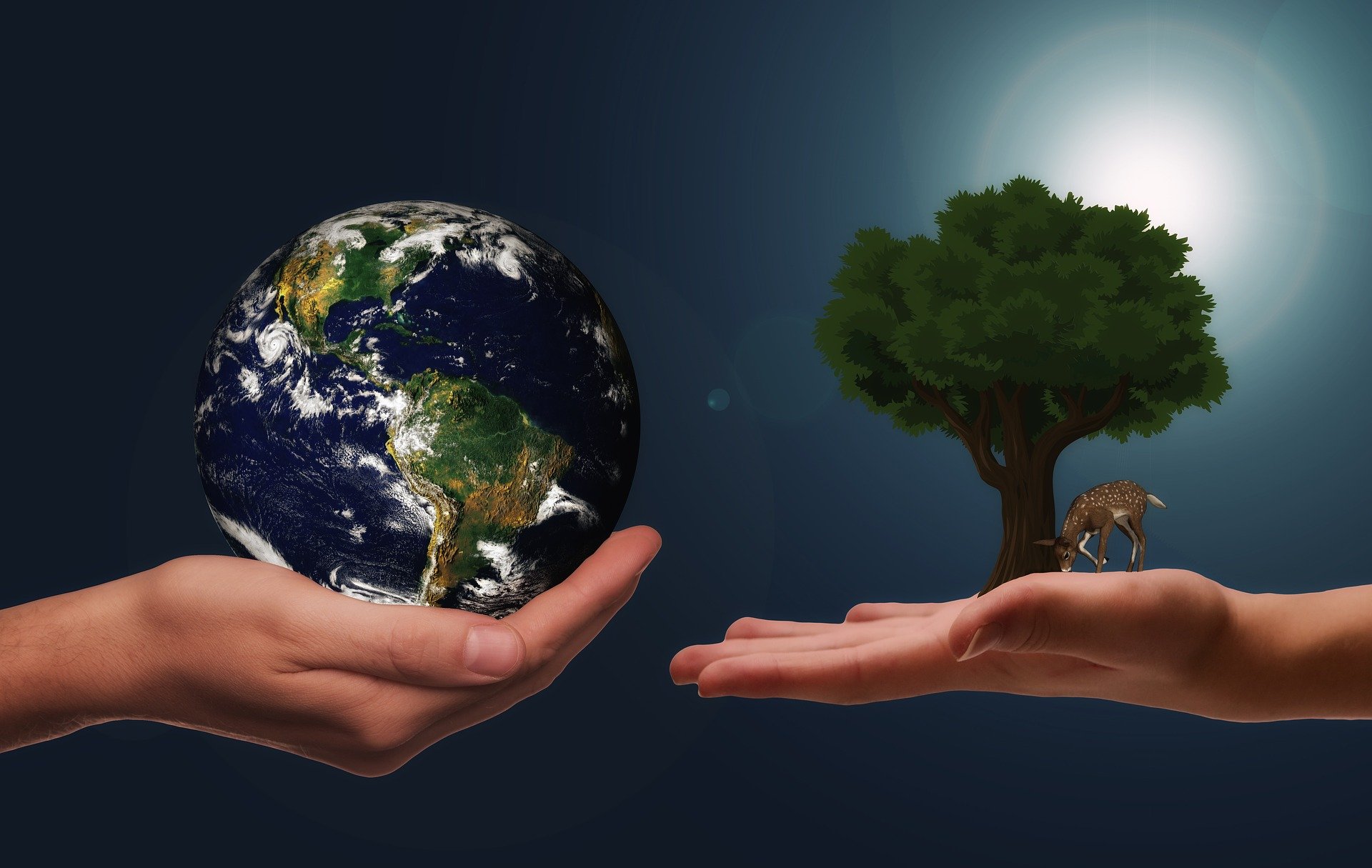
One word has been on my lips more than any other lately: Circularity. You’ll often hear me reference “a circular economy” or “circular design”… but most people don’t really know what I mean.
The thing is, we are entering a new frontier that allows us to redesign our approach to, well, everything and fix a broken system that’s slowly destroying our environment. This is a revolutionary concept!
My interior design firm, Laurence Carr Inc, specializes in a wellness-centered approach, in which sustainability, health, and happiness are at the forefront of our designs. Our work goes beyond creating beautiful, functional spaces, but crafts spaces in a way that promotes healing on all levels for the people within, and is healing for the Earth as well.
But outside of working directly with clients, I am passionate about educating those within and outside the industry on the importance of adopting more environmentally conscious and circular lifestyles so we can ensure the health and wellness of the Earth, and her inhabitants, for generations to come.
Circularity is a concept that I believe to be the key to reversing climate damage and minimizing future environmental impact, but it is still much lesser-understood than the more commonly used phrases to describe impact, like sustainability, eco-friendly, or conscious.
Put simply, circularity is a radical, restorative, regenerative shift in the way businesses operate.
So what is circularity, and how does it relate to the design world?
Currently, design is primarily linear. We make, take, and toss – contributing negatively to the detriment of our environment. We buy “quick-consumption” products, which are made cheaply and meant to last only a short time. The production process is meant to be fast and inexpensive, not giving much consideration to responsible sourcing or waste management. Then we use them items until they’re quickly worn out, and often these end up in the dump as well.
In a circular approach, resources are kept in use for as long as possible and then reused, refurbished, recycled and regenerated at the end of their service life, dramatically reducing the amount of waste that goes to landfill. Rather than a lifecycle with a beginning, middle, and end – these items are reborn countless times for countless uses… mindfully reducing the amount of resources and energy consumed, as well as the waste output.
The circular approach is rooted in three principles:
Design out waste and pollution
Keep products and materials in use
Regenerate natural systems
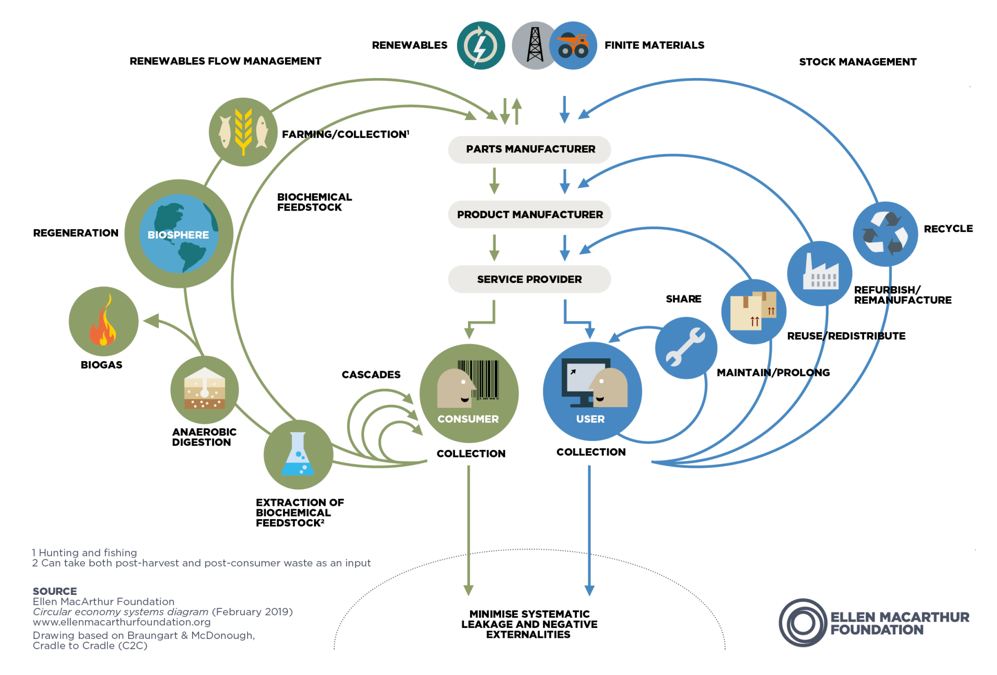
As we transition to renewable energy sources, the circular model builds economic, natural, and social capital – meaning it’s good for everyone involved!
This video from the Ellen MacArthur Foundation offers an excellent visual primer on circularity.
I encourage you to educate yourself more about circularity, as I firmly believe that it is the future. Not just in the design, architecture and furnishings industries, but everywhere. Examine closely the systems your consumption supports. Seek out companies who are transitioning to circular approaches and support them whenever possible. And audit your own behaviors to see where you can embrace more circularity in your day-to-day life as well!
You’ll be surprised at how simple some of these shifts can be. To learn more, we invite you to join Laurence, a platform partner of Circular City Week New York, as she hosts an esteemed panel of experts on March 23rd, 2021 at 10 AM EST for a discussion on The State of Circular Practices in the Design and Architecture Industry. Get details and register here. And be sure to subscribe to our YouTube channel. An exciting new series on circularity is coming soon!
